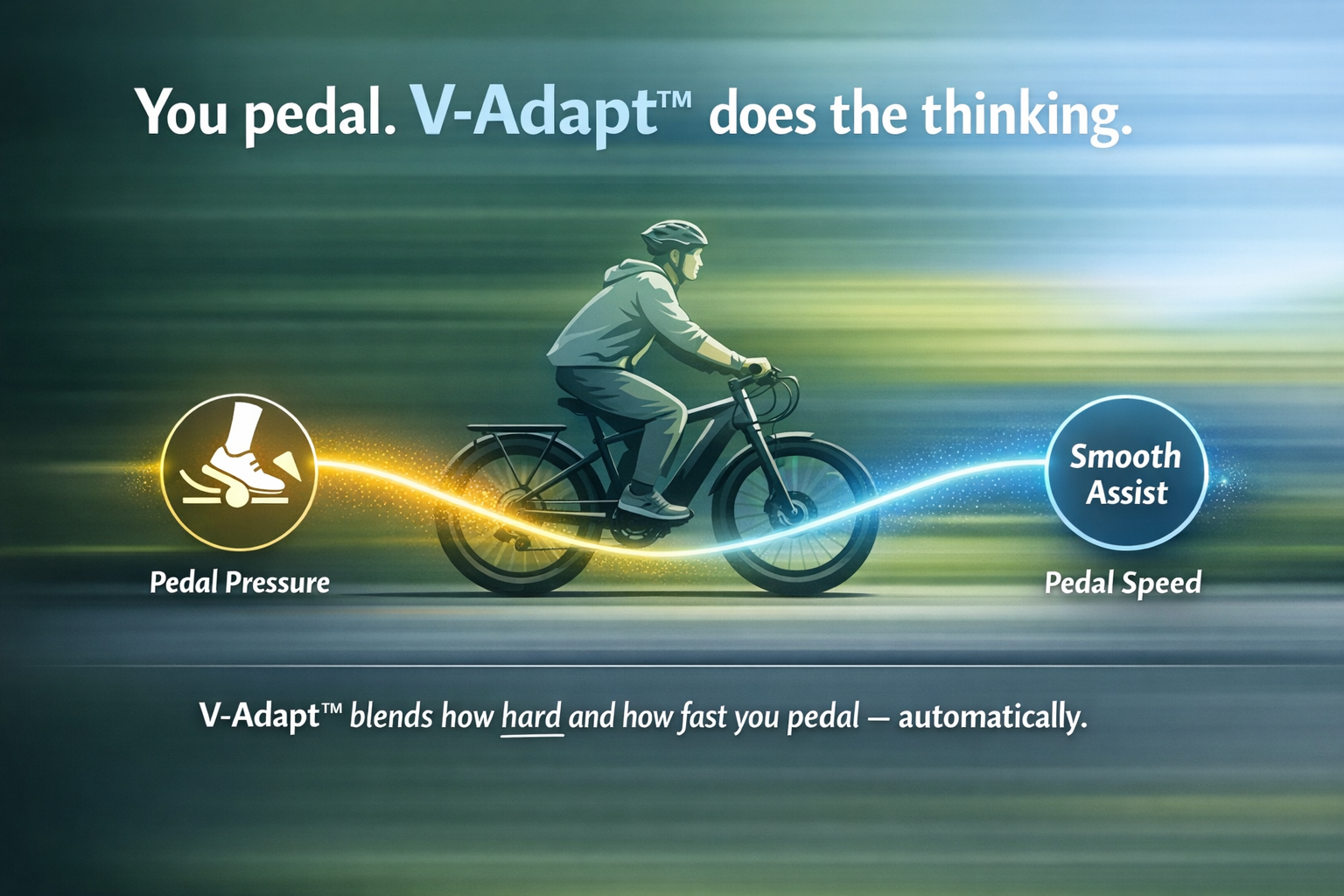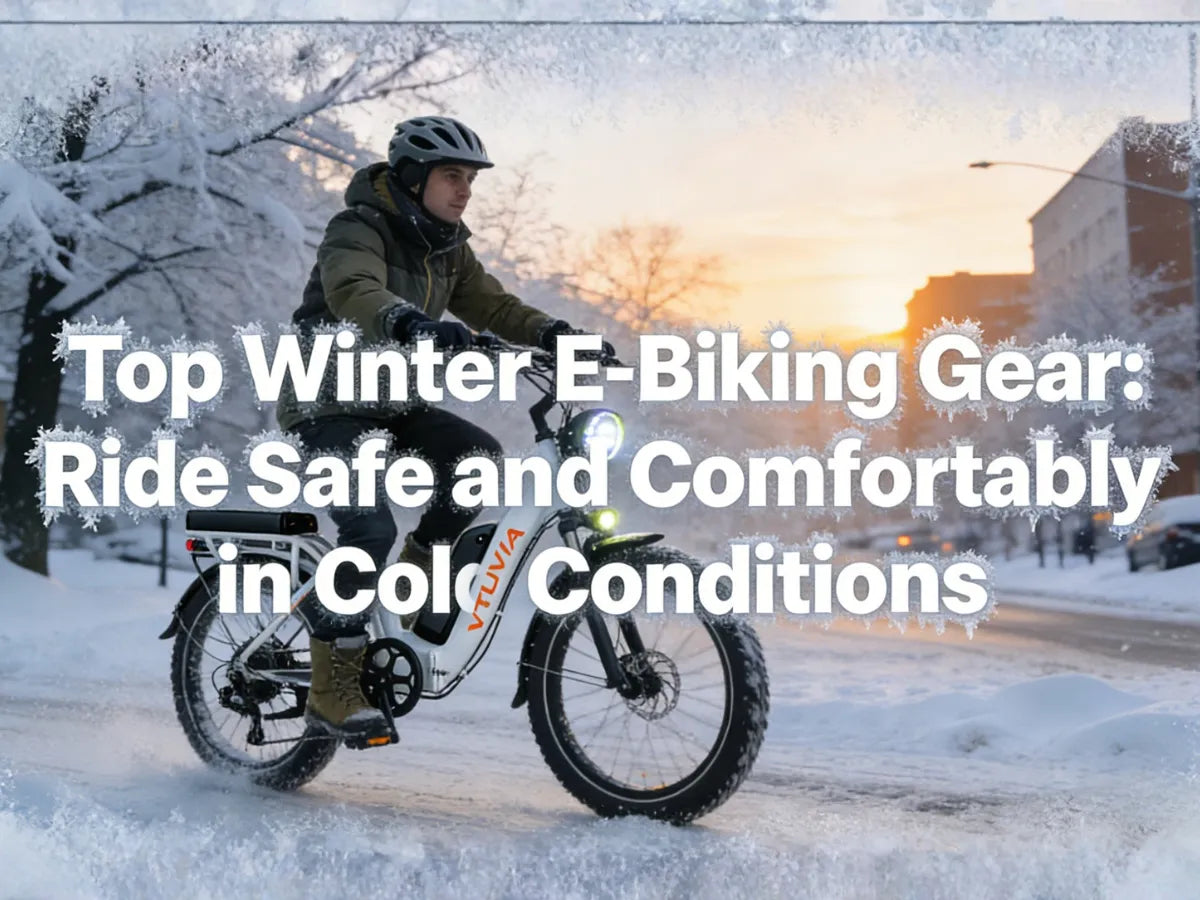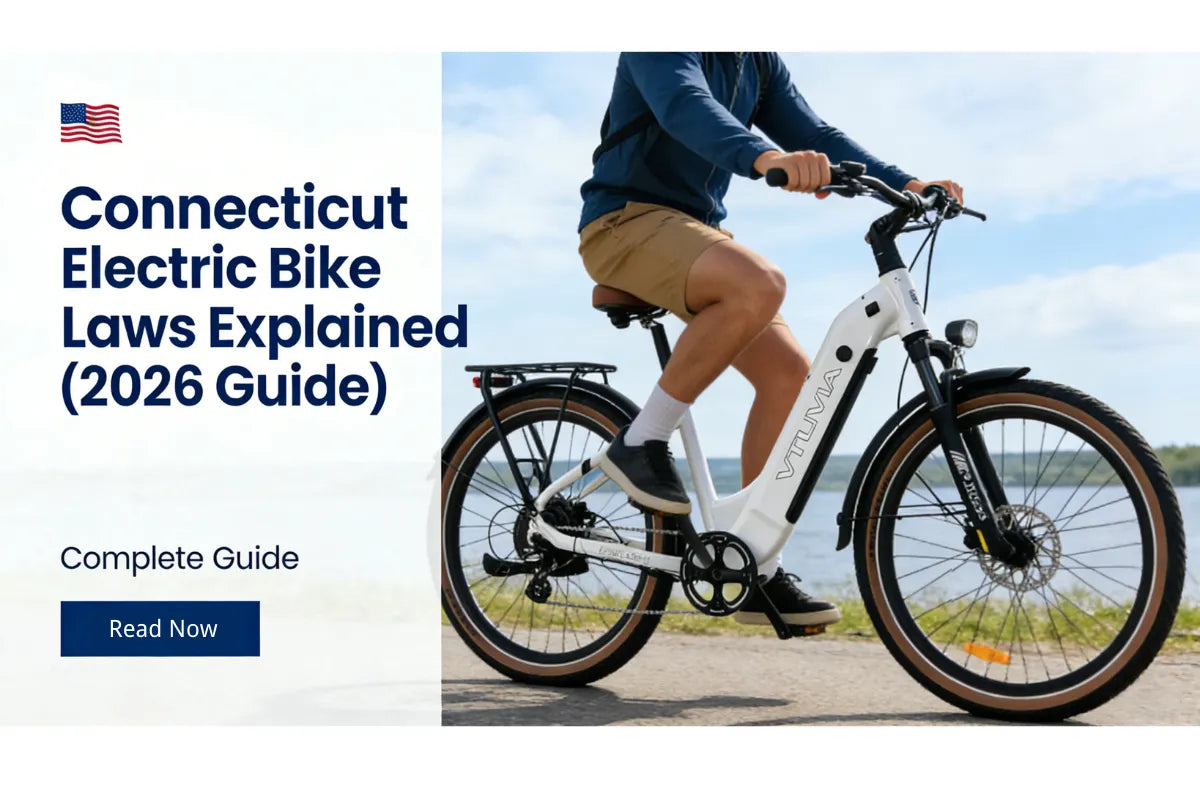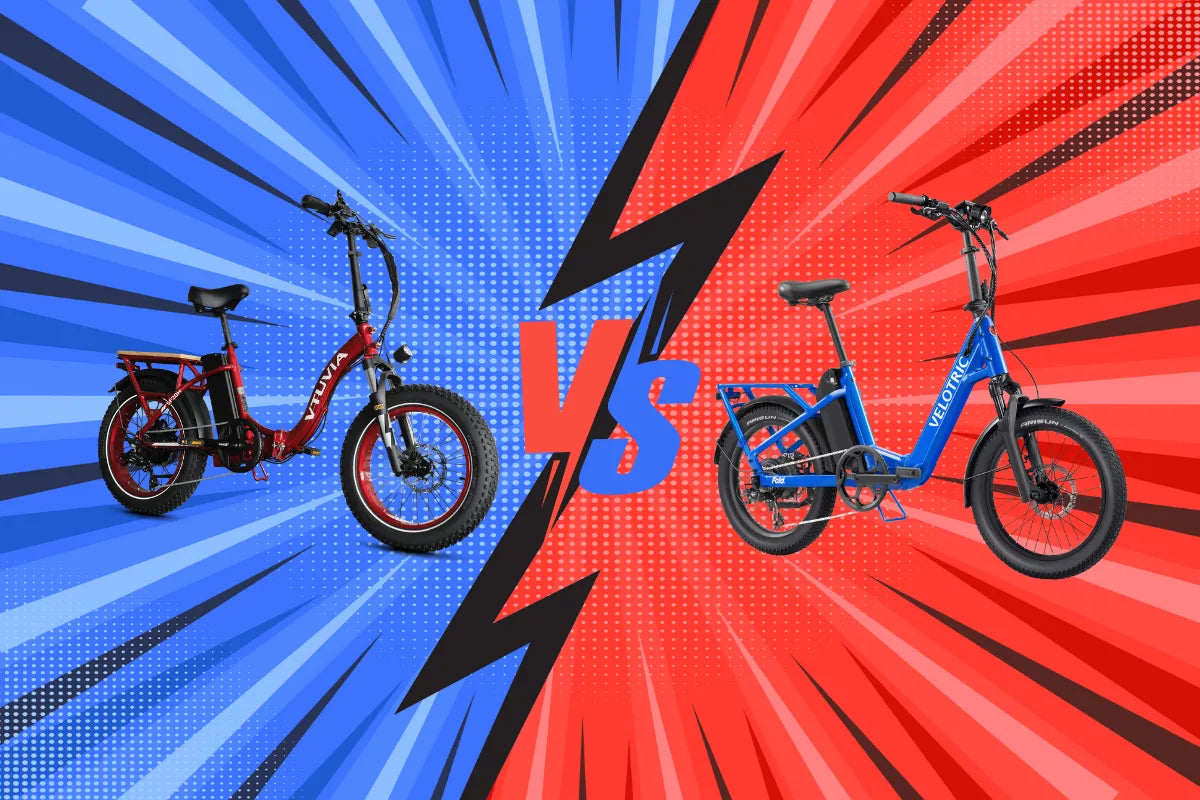Electric bikes (E-bikes) have become increasingly popular, offering an eco-friendly, efficient, and fun way to travel. But one of the most common questions riders have is: how fast can an e-bike go? The answer depends on the type of e-bike, legal restrictions, and the specific model. In this article, we'll explore the maximum speed of e-bikes, the legal speed limits across different U.S. states, and the factors that affect e-bike speed.
1. Maximum Speed of E-bikes by Class
E-bikes are categorized into three classes based on their features and speed capabilities. Understanding these classes is essential when considering how fast an e-bike can go.
Class 1 E-bike
- Speed Limit: 20 mph (32 km/h)
- Description: Class 1 e-bikes are pedal-assist bikes, meaning the motor only provides power when the rider is pedaling. The motor will stop assisting once the bike reaches 20 mph. These are the most common type of e-bikes and are perfect for casual riders and commuters.
Class 2 E-bike
- Speed Limit: 20 mph (32 km/h)
- Description: Class 2 e-bikes come with both pedal assist and a throttle, which allows riders to control the motor without pedaling. However, like Class 1 e-bikes, they are limited to a maximum speed of 20 mph. These bikes are ideal for riders who want a little extra help during their commute.
Class 3 E-bike
- Speed Limit: 28 mph (45 km/h)
- Description: Class 3 e-bikes are pedal-assist only, but they can go faster than Class 1 and Class 2 bikes. The motor assists up to 28 mph, making them great for riders who need to cover longer distances or want a faster, more exhilarating ride.
2. Legal Speed Limits for E-bikes in the U.S.
In the U.S., the legal speed limits for e-bikes are determined by both federal and state regulations. While the general rule is that e-bikes are limited to speeds of 20-28 mph depending on the class, different states have their own rules regarding where and how fast e-bikes can travel. Here's a breakdown of e-bike speed laws in some popular U.S. states:
California
- Speed Limit: Class 1 and Class 2 e-bikes are limited to 20 mph. Class 3 e-bikes can go up to 28 mph.
- Notes: E-bikes are allowed on bike paths and roads, but Class 3 e-bikes are prohibited from some bike paths unless the area specifically allows them.
New York
- Speed Limit: Similar to federal regulations, 20 mph for Class 1 and Class 2 e-bikes, and 28 mph for Class 3 e-bikes.
- Notes: New York City restricts Class 3 e-bikes to certain areas.
Texas
- Speed Limit: Class 1 and Class 2 e-bikes are limited to 20 mph, while Class 3 e-bikes can go up to 28 mph.
- Notes: Local regulations may vary, and some cities may have their own e-bike speed rules.
Florida
- Speed Limit: Class 3 e-bikes can travel up to 28 mph, but local rules in some areas affect where they are allowed to ride.
- Notes: Riders must be at least 16 years old to ride a Class 3 e-bike.
Colorado
- Speed Limit: Class 1 and Class 2 e-bikes are allowed up to 20 mph, while Class 3 e-bikes are limited to 28 mph.
- Notes: Colorado generally has lenient e-bike laws, allowing e-bikes on most roads and bike paths.
3. Factors Affecting E-bike Speed
While the class and legal restrictions play a significant role in determining an e-bike's speed, other factors can affect how fast an e-bike can go:
- Motor Power: E-bikes with more powerful motors (measured in watts) can provide faster acceleration and higher top speeds. Common motor sizes are 250W, 500W, and 750W, with more powerful motors allowing faster starts and maintaining higher speeds.
- Battery Capacity: Larger battery capacities allow for longer rides and can sometimes support higher speeds, though the motor's power and the bike's design are more directly responsible for speed.
- Terrain: Hills, rough terrain, and wind conditions can slow down an e-bike. Riders on flat roads with no obstacles will experience the bike's maximum speed, while those in hilly or windy areas may find their speed reduced.
- Rider's Weight: Heavier riders will often experience slower acceleration and may not reach the same top speed as lighter riders, especially on steeper inclines.
- Tire Size: The size and type of tires can affect the speed and comfort of an e-bike. Larger tires provide more stability and are better for off-road riding but may slightly reduce speed.
4. Can an E-bike Go Faster Than the Legal Limit?
In some cases, e-bikes can exceed their legal speed limits with modifications. However, riding an e-bike that exceeds the speed limit can be dangerous and illegal in many places. It is essential to follow local laws and regulations to ensure safety and avoid fines or penalties.
- Speed Limiting Devices: Many e-bikes come with built-in speed limits. Some riders choose to modify their bikes to bypass these limits, but such modifications can void warranties and potentially lead to accidents.
5. Conclusion: How Fast Can an E-bike Go?
The maximum speed an e-bike can reach depends on the class of the bike, legal regulations, and several other factors. Typically, e-bikes range from 20 mph for Class 1 and Class 2 bikes to 28 mph for Class 3 bikes. It is crucial to know your local e-bike laws and ensure you're riding within the legal limits to avoid any issues.
Since e-bike laws differ across states, it’s important not to choose an e-bike solely based on speed. Always consider local regulations to ensure that your bike is compliant and suitable for where you plan to ride.
If you're looking for an e-bike that suits your needs, whether it's for commuting, adventure, or fitness, consider the type of riding you'll be doing, the terrain, and your desired speed.
For safety and peace of mind, we highly recommend purchasing an e-bike that is UL-certified. UL certification ensures that the e-bike meets high safety standards, offering you extra protection while you ride. - Learn More About UL Certified.





Share:
How Far Can You Go? Understanding Electric Bike Battery Range
How Much Watte Do You Need for an E-Bike? A Beginner's Guide to Choosing the Right Power